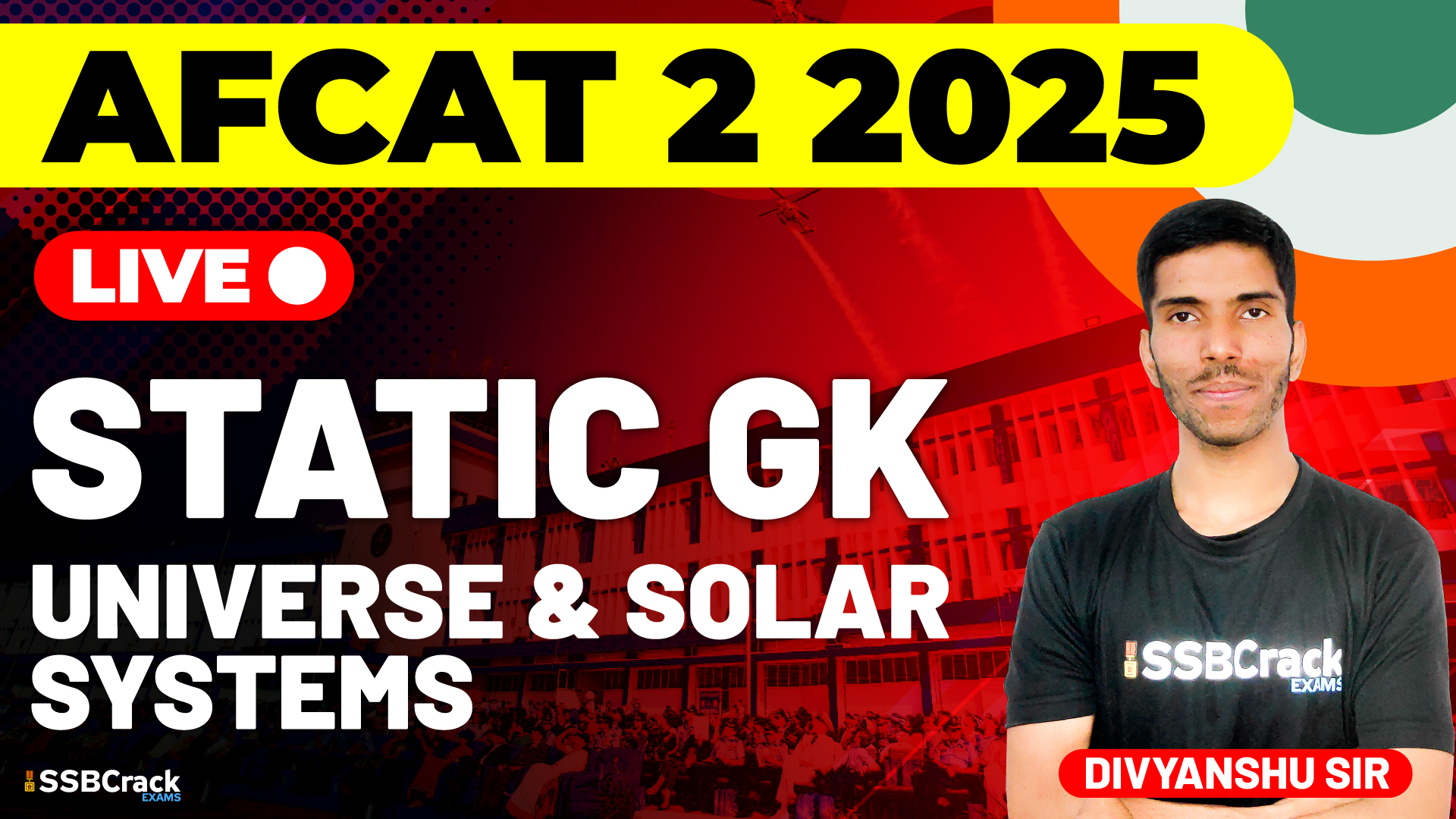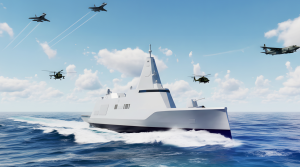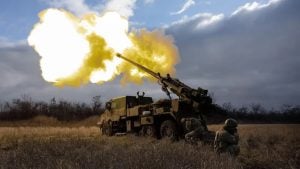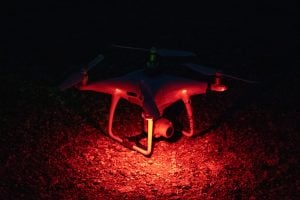AFCAT (Air Force Common Admission Test) is one of the most prestigious defence exams in India, conducted by the Indian Air Force to recruit candidates for various branches. Static General Knowledge (Static GK) is an essential section of the AFCAT exam syllabus and plays a vital role in improving the overall score. One of the most frequently asked topics under Static GK is “Universe and Solar System.” This article will provide important facts and concepts related to the Universe and Solar System relevant for the AFCAT 2 2025 examination.
AFCAT 2 2025 Exam Static GK – Universe & Solar System
🌌 Universe and Solar System – Overview
The Universe is vast and mysterious, comprising billions of galaxies, stars, planets, and other celestial bodies. Our Solar System is a part of the Milky Way Galaxy and consists of the Sun and all celestial bodies gravitationally bound to it.
☀️ The Sun – The Heart of Our Solar System
- The Sun is a medium-sized yellow star located at the center of the solar system.
- It is composed mainly of hydrogen (about 74%) and helium (about 24%).
- Surface Temperature: ~5,500°C; Core Temperature: ~15 million °C.
- The Sun’s energy is produced by nuclear fusion of hydrogen into helium.
🪐 Planets of the Solar System (In order from the Sun)
| Planet | Type | Moons | Special Feature |
|---|---|---|---|
| Mercury | Terrestrial | 0 | Smallest planet, no atmosphere |
| Venus | Terrestrial | 0 | Hottest planet, called Earth’s twin |
| Earth | Terrestrial | 1 | Supports life, 70% surface is water |
| Mars | Terrestrial | 2 | Known as the Red Planet |
| Jupiter | Gas Giant | 95+ | Largest planet, has the Great Red Spot |
| Saturn | Gas Giant | 145+ | Has a prominent ring system |
| Uranus | Ice Giant | 27 | Rotates on its side |
| Neptune | Ice Giant | 14 | Farthest planet, strong winds and storms |
Mnemonic to Remember: My Very Educated Mother Just Served Us Noodles
🌑 Dwarf Planets
These are celestial bodies that orbit the Sun and have not cleared their orbital path.
| Dwarf Planet | Location | Notable Fact |
|---|---|---|
| Pluto | Kuiper Belt | Once the 9th planet |
| Eris | Kuiper Belt | Slightly smaller than Pluto |
| Haumea | Kuiper Belt | Oval-shaped due to fast rotation |
| Makemake | Kuiper Belt | Second-brightest dwarf planet |
| Ceres | Asteroid Belt | Only dwarf planet in inner solar system |
☄️ Other Celestial Bodies
- Asteroids: Rocky bodies mostly found in the Asteroid Belt between Mars and Jupiter.
- Comets: Composed of ice, dust, and rocky material. Develop a tail when near the Sun. Example: Halley’s Comet (appears every 76 years).
- Meteoroids: Small space rocks. When they enter Earth’s atmosphere and burn – called meteors or “shooting stars”.
- Meteorites: If a meteor survives and hits the Earth’s surface.
🌌 Important Solar System Facts for AFCAT
| Fact | Value/Details |
|---|---|
| Age of the Sun | ~4.6 billion years |
| Distance between Earth and Sun | ~149.6 million km (1 AU) |
| Moon’s distance from Earth | ~3,84,400 km |
| Earth’s orbital period | ~365.25 days |
| Moon’s orbital period | ~27.3 days |
| Nearest star to Earth after Sun | Proxima Centauri |
| Milky Way Galaxy | Our galaxy, spiral-shaped |
| Light Year | Distance light travels in 1 year (~9.46 trillion km) |
🌠 Exploration of the Solar System
- ISRO Missions:
- Chandrayaan-3: Successful moon landing.
- Aditya-L1: India’s first solar mission.
- Mangalyaan (Mars Orbiter Mission): Successful Mars mission.
- NASA Missions:
- Voyager 1 & 2: Exploring interstellar space.
- Parker Solar Probe: Studying the Sun’s outer corona.
📝 Expected MCQs in AFCAT 2 2025 (Examples)
- Which planet is known as the ‘Morning Star’?
A. Mars
B. Venus
C. Mercury
D. Jupiter
✅ Answer: B. Venus - Which planet has the most number of natural satellites?
A. Saturn
B. Jupiter
C. Neptune
D. Uranus
✅ Answer: A. Saturn - What is the name of the first Indian mission to study the Sun?
A. Mangalyaan
B. Chandrayaan
C. Aditya-L1
D. Gaganyaan
✅ Answer: C. Aditya-L1
📚 Conclusion
Understanding the Solar System and the Universe is vital for aspirants appearing in the AFCAT 2 2025 examination. Questions are often factual and straightforward, making this topic a scoring section in the General Awareness paper. Revise regularly and focus on key planetary features, celestial events, and space missions.




















